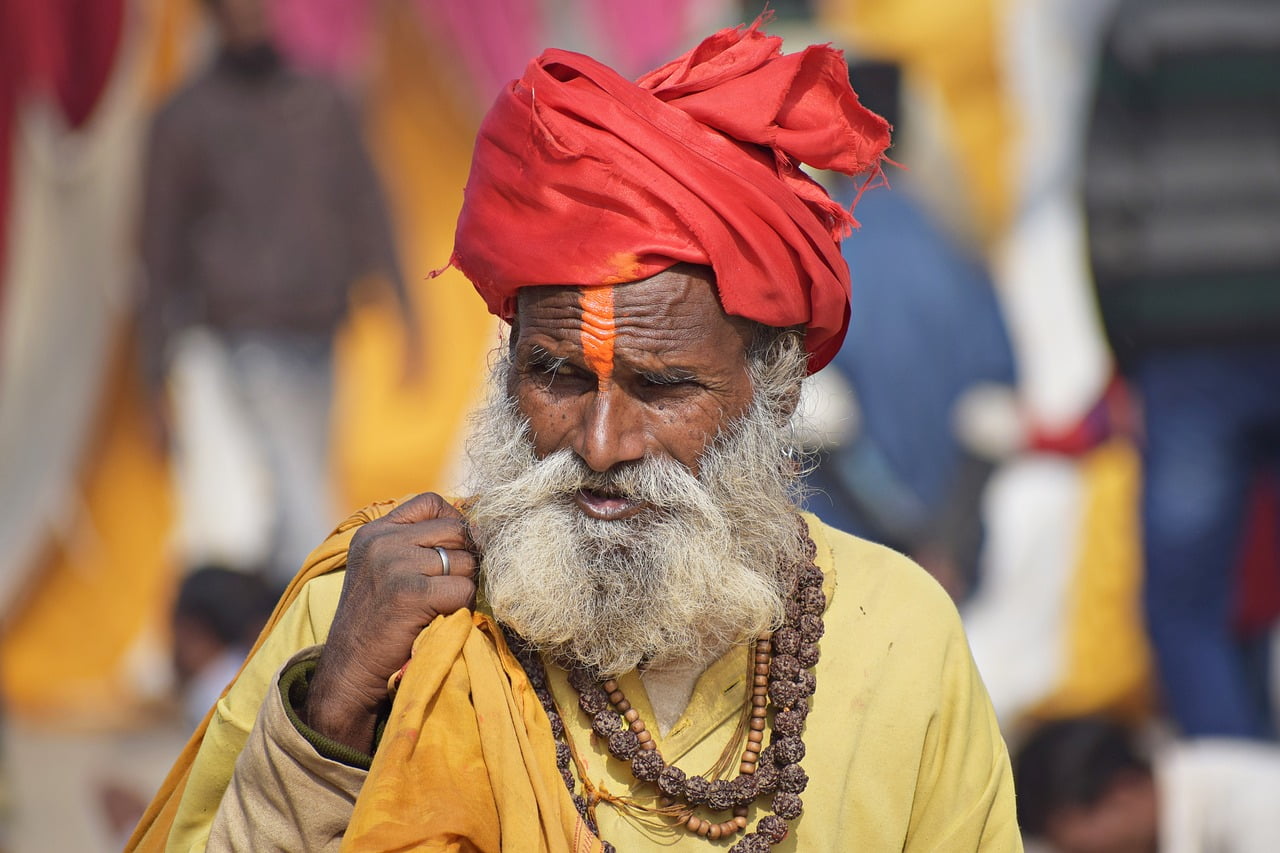Guru Ravidas and the Ravidasia Community: A Legacy of Spiritual Enlightenment
Guru Ravidas, also known as Sant Ravidas, was a revered spiritual leader and poet who lived during the 14th century in India. He is considered one of the most influential figures in the Bhakti movement, which emphasized devotion and love for God. Guru Ravidas’s teachings focused on equality, social justice, and the unity of all humanity.
Table of Contents
ToggleGuru Ravidas:
it is widely believed that Guru Ravidas was born in 1377 C.E. in Varanasi, Uttar Pradesh. His birth anniversary is celebrated on Magh Poornima (the full moon day in the month of Magh). He belonged to the untouchable Chamar caste because he worked in the leather industry. Although he initially worked as a leather worker, he soon started to spend most of his time at the Ganges riverbanks engaging in spiritual activities. He is typically regarded as Kabir’s more recent contemporary. He was a prominent saint of the Indian Bhakti tradition, like Sant Kabir, Sant Namdev in the North, and Chaitanya Mahaprabhu in Bengal.
Guru Ravidas and Guru Nanak:
The majority of academics concur that Guru Nanak – Sikhism’s founder met Guru Ravidas. The Adi Granth contains 41 of Guru Ravidas’ poems, and the Sikh canon holds him in high regard. These poems are one of the oldest attested sources of his ideas and literary works. He is one of the 36 authors who contributed to this important Sikhism text, Adi Granth later called Guru Granth Sahib. However, followers of Guru Ravidas, are often mistaken as ‘Dalit Sikhs’, even though some of them keep beards and unshorn hair similar to the baptized Sikhs and worship Guru Granth Sahib.
Ravidassia are Chamar:
The Ravidassia were leather tanners and shoemakers known as Chamar. During the time of Guru Ravidas, a conflict arose between the orthodox Brahminical tradition and the prevailing heterodox sects. Additionally, the legends surrounding this period reflect a broader conflict between various communities and religions, driven by the essential need for social cohesion. This historical narrative highlights tensions between established traditions and emerging heterodox movements, portraying a complex interplay between religious and social dynamics during Guru Ravidas’s era.
Poetry of Guru Ravidas:
The poetry of Ravidas is filled with themes of unending love and devotion to God, who is depicted as Nirguna. The subjects of Nanak’s poetry are largely comparable to the Nirgun bhakti concepts of Ravidas and other notable north Indian saint poets in the Sikh tradition. Guru Ravidas’ teachings are a part of the bhakti movement’s Nirguna philosophy.
Ravidassia Community:
The Ravidassia community emerged partly in response to social and caste-based challenges faced by its members, emphasizing the teachings of Guru Ravidas while maintaining a distinct identity. (Also during the time of the fourth Guru, Guru Ram Das, the weaver community became followers of Sikhism en masse. They are called Ramdasia Sikhs)*. Since there were 41 poems of Guru Ravidas in Adi Granth of Sikhs, they adopted Sikhism. These Ravidassias may identify themselves as Sikhs and follow Sikh practices, there is a recognition of their unique cultural and social identity within the broader Sikh community.
The majority of Ravidasias practicing Sikhism and having faith in Shri Guru Granth Sahib. This sect of Ravidasias is mainly residing in the Malwa region of Punjab.
The Ravidasia community, also known as the followers of Guru Ravidas, is a vibrant and diverse group of people who are inspired by his teachings. They believe in the principles of equality, compassion, and selfless service. The Ravidasias follow the teachings of Guru Ravidas and strive to lead a life of righteousness and spiritual enlightenment.
Guru Ravidas’s Teachings:
Guru Ravidas’s teachings resonate with people from all walks of life, regardless of their caste, creed, or social status. He emphasized the importance of inner transformation and breaking free from the chains of societal divisions. His poems and hymns, which are collected in the Guru Granth Sahib, the holy scripture of Sikhs, continue to inspire millions around the world.
The Ravidasia community actively engages in various social welfare activities, such as providing education, healthcare, and support to the underprivileged. They believe in the power of education to uplift individuals and communities, and many Ravidasia organizations run schools and colleges to promote education among their members.
Guru Ravidas’s teachings have had a significant impact on Indian society, challenging the prevailing social order and advocating for equality and justice. His message of love, compassion, and unity continues to guide and inspire people today.
In conclusion, Guru Ravidas and the Ravidasia community are an integral part of India’s spiritual and cultural heritage. Their commitment to social justice, equality, and compassion serves as a timeless reminder of the power of spiritual enlightenment and the potential for positive change.
I feel in Sikhism – all Sikhs are Sikhs. There are no caste-based Sikhs. So – Ramdasia, Ravidasia, and Ramgharia are irrelevant because Sikhism doesn’t condone the caste system. There is only one kind of Sikh unless the person doesn’t fully believe in Sikhism. It is a mental warp.
*(We will talk in other post about Ramdasia Sikhs)*
The Art of Decision Making
Thank you for reading this post, don't forget to subscribe!

